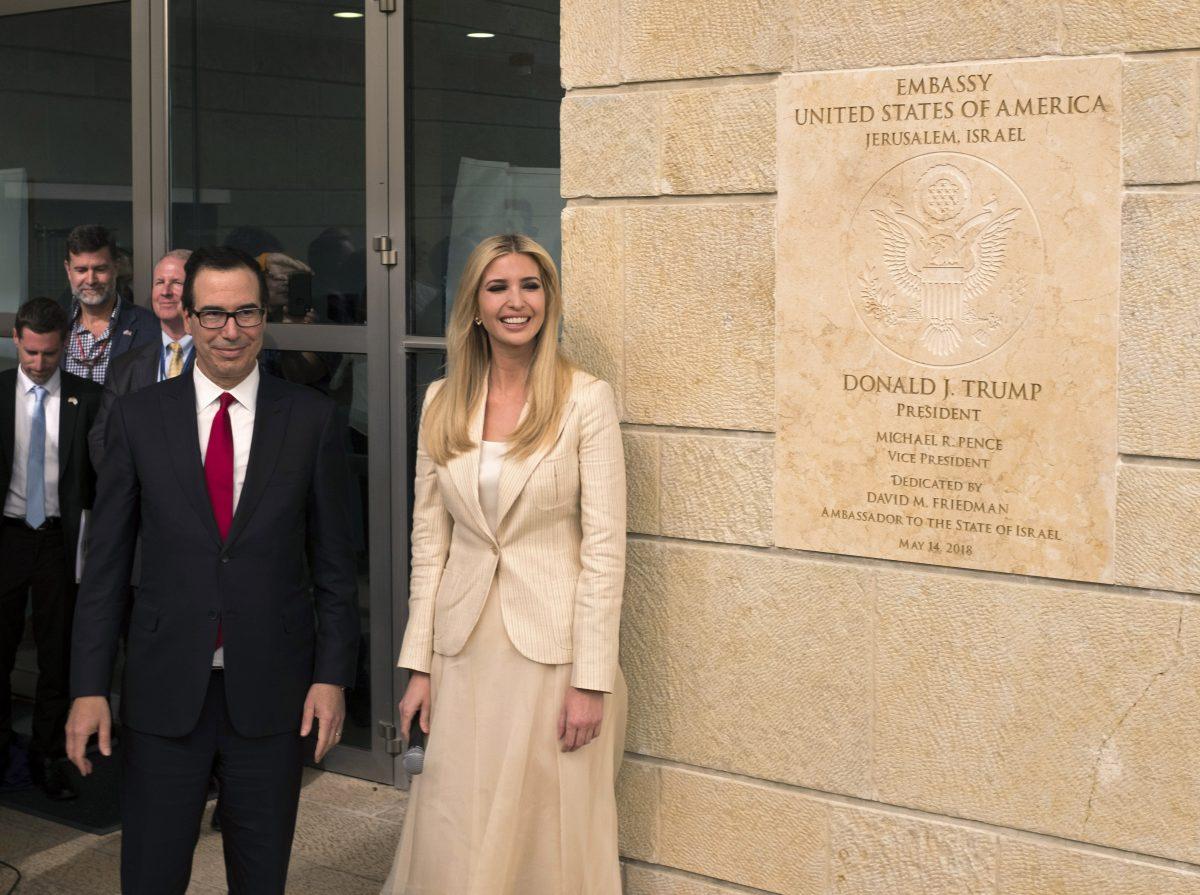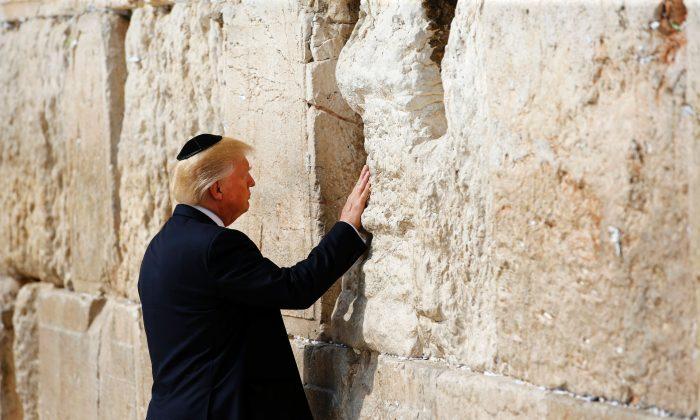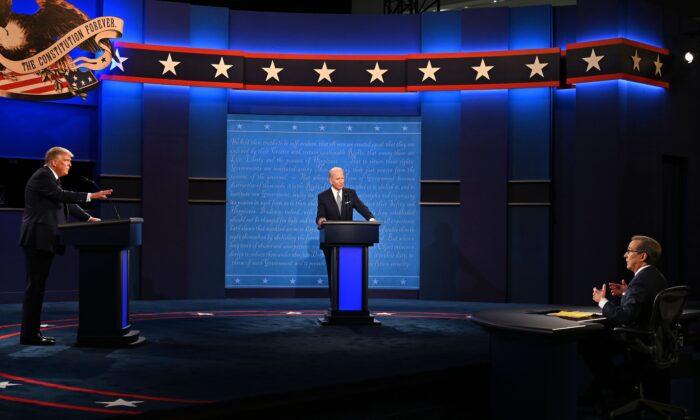May 14 marked a historic moment, when the United States became the first country to move its embassy to Israel’s capital, Jerusalem.
Presidents Bill Clinton, George W. Bush, and Barack Obama each promised to move the embassy from Tel Aviv to Jerusalem. However, none of them did so. Instead, they used six-month waivers to postpone the move citing national security interests.
Donald Trump became the first U.S. president to deliver on the promise.

Critics have pointed to Palestinian demands to have East Jerusalem as the capital of a future state as a reason not to move the embassy.
In announcing the move in December, Trump said that specific boundaries of Israeli sovereignty in Jerusalem are subject to final negotiations, but he called for the status quo to remain at the Temple Mount, also known as Haram al-Sharif.
He also said he is prepared to support a two-state solution, if it is agreed to by the parties.
Despite decades of talks, Israel and Palestine are no closer to reaching a lasting peace agreement.
Perhaps Trump’s reality-based approach to foreign policy, just like with Iran and North Korea, will help advance peace.





Friends Read Free